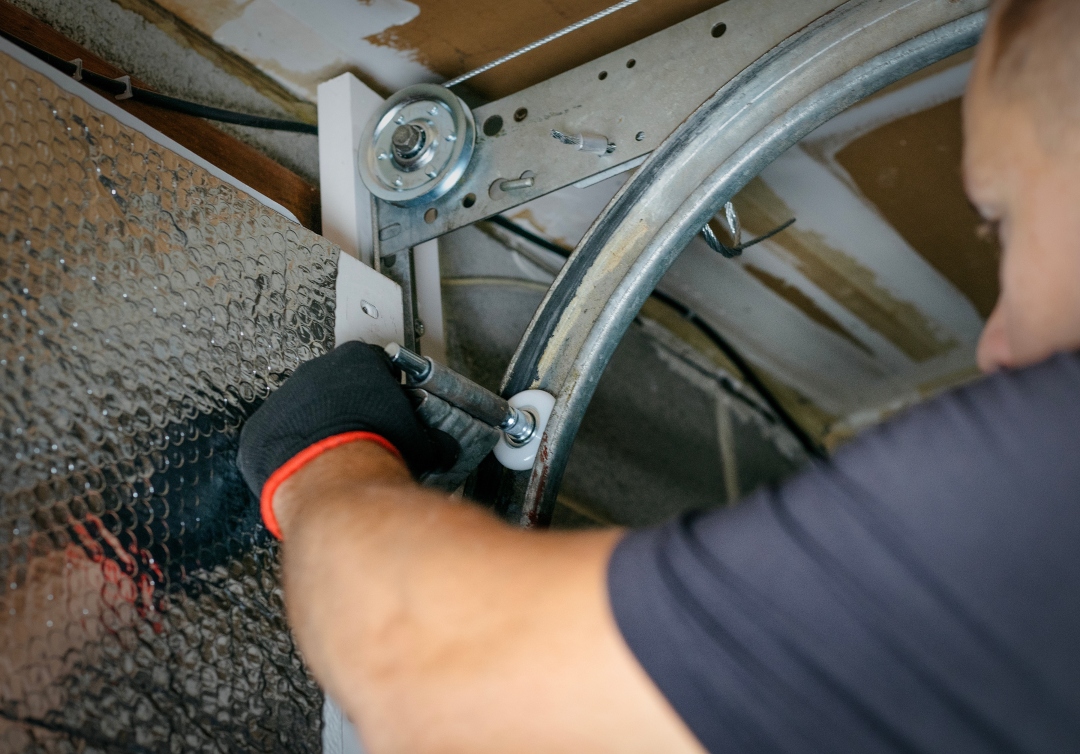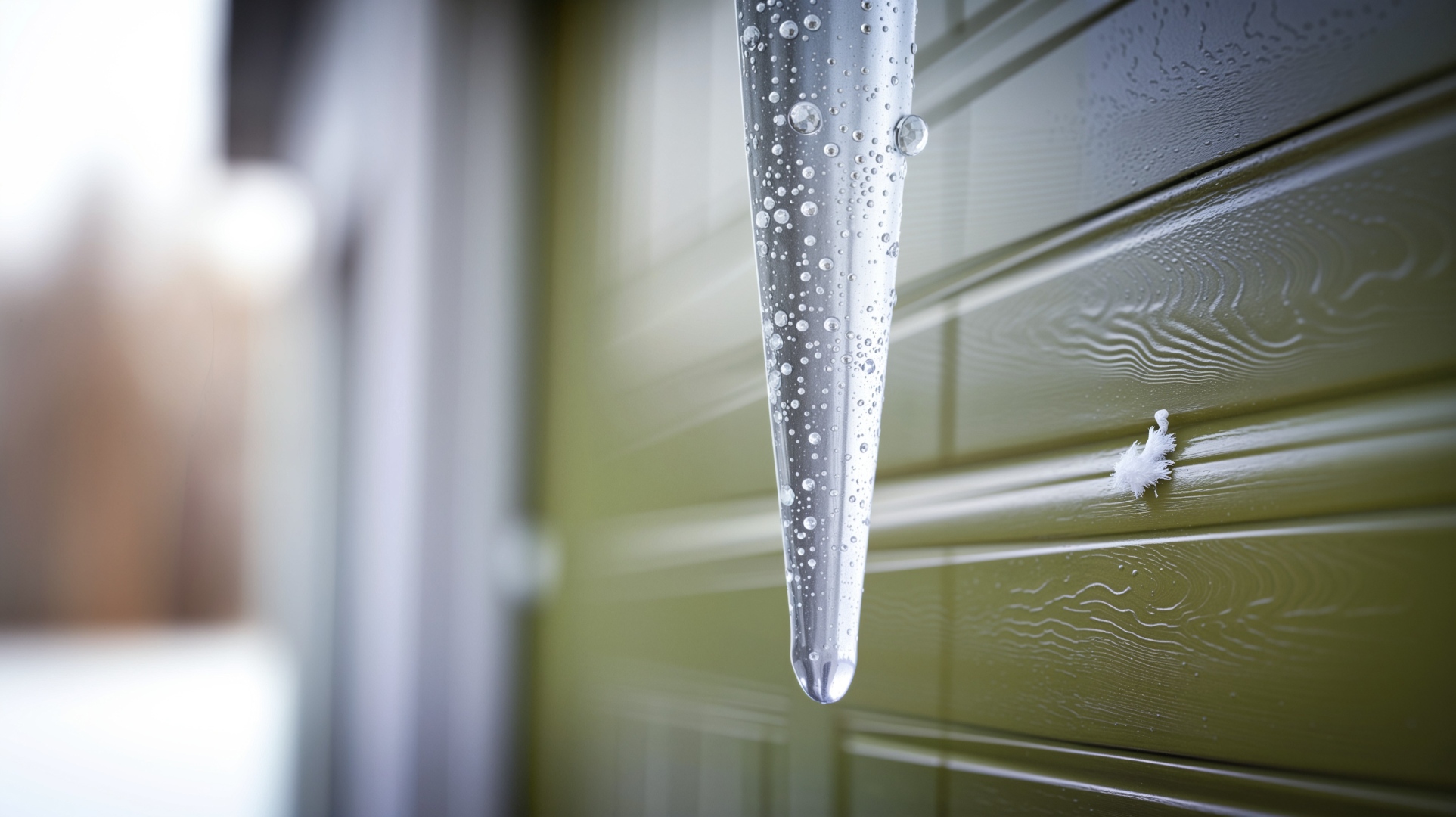Whether you are insulating your garage door to help avoid a higher energy bill or simply for comfort reasons, we have instructions for you to complete this project!
We also talk about whether it’s worth doing so and how to do it on the cheap.
Materials needed to insulate your garage door
To insulate your garage door, you will need:
- Four sheets of 8’x4′ foil-faced foam board or batting (for a two-car garage door)
- A measuring tape or yard stick
- A knife
- Double-sided tape or other adhesive
Always pre-measure your doors to make certain you have enough and the correct thickness of insulation. You’ll want a thickness that’s slightly thinner than the thickness of your garage door’s interior channel enclosures.
As for type of material, the general consensus is foil-faced foam board is better. In either case, it’s usually best to purchase it as a garage door insulation kit. The insulation should come pre-cut and may even come with gloves and adhesive.
This is because the kits will come with specially designed retainer pins that adhere to the back of the garage door channels to help keep the foam or batts in place.
How to insulate a garage door
Once you have enough materials, measure the size of each panel frame your garage door has. Don’t assume every panel is the same size.
For foil-faced foam, add an extra inch to the short side of your dimensions and cut accordingly. The reason you add an inch to the height of your boards is you want the panels to be just a little taller than the actual panel on the door so it curves outward when you put them in and create an air gap for more effective radiant barrier.
If you’re using batting, you’ll add an extra inch to the long side of your dimensions.
Once you have the materials cut and measured, you’re ready to start insulating your door!
- Make two marks on each door panel that are 12 inches from each side and centered vertically (or follow instructions for your choice of adhesive)
- Apply your double-sided tape
- Attach retainer clips to tape (if using batting)
- Tuck each insulation piece into its correct door panel with reflective radiant banner (or vinyl side for batting) facing outward
- If using batting, push the insulation flat against the door and feel for retention clips. Slice a half inch slit to allow the retention clip to pass through. Fasten the retention clip.
More things to consider when insulating your garage door
- Consider cleaning the garage door and allowing it to dry to help with the adhesive process
- Make sure you’re buying adhesive compatible with your insulation of choice
- See if the seal on the bottom of your door is badly weathered or cracked. If it is, consider replacing it to insulate your garage further. If there are air gaps on your garage door, an insulated door won’t make much difference.
- If you’re working on a budget, one way to get the most value for your dollar is to choose the R-Value of your insulation based on the type of garage you have. For detached garages, you can get away with a lower R-Value. Attached garages, especially heated ones or ones with living space above them, need higher R-Values.



